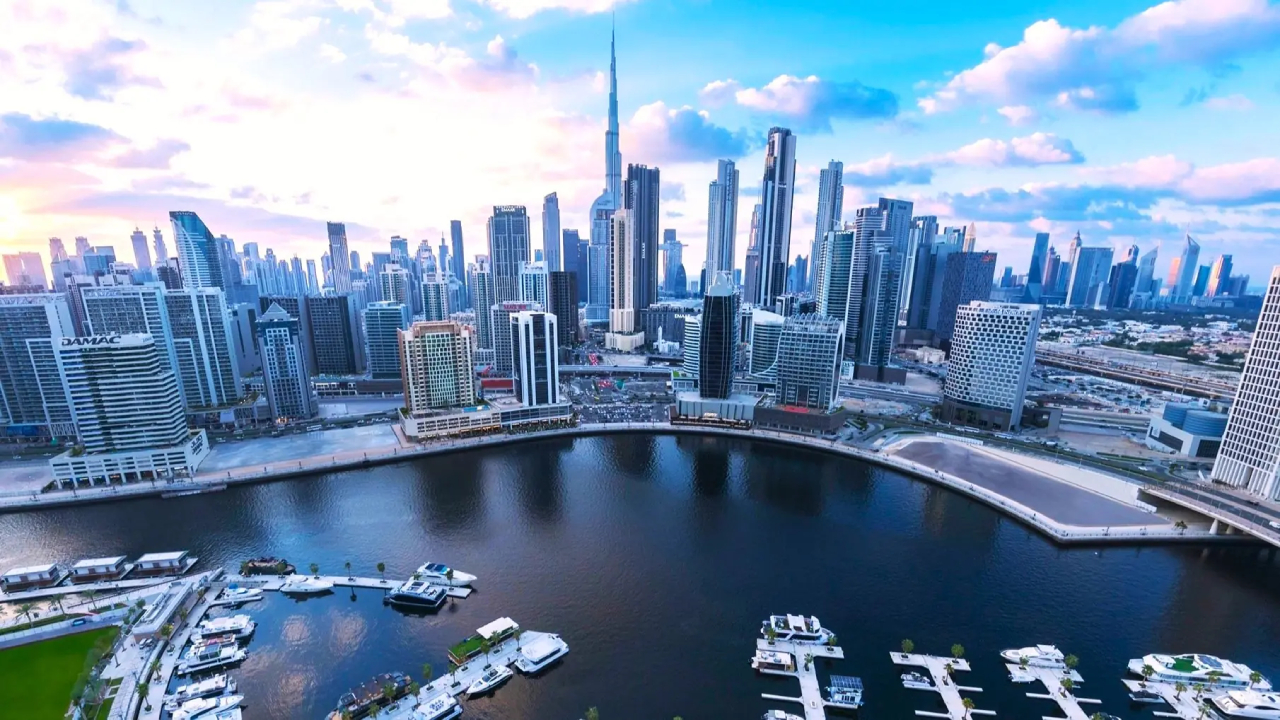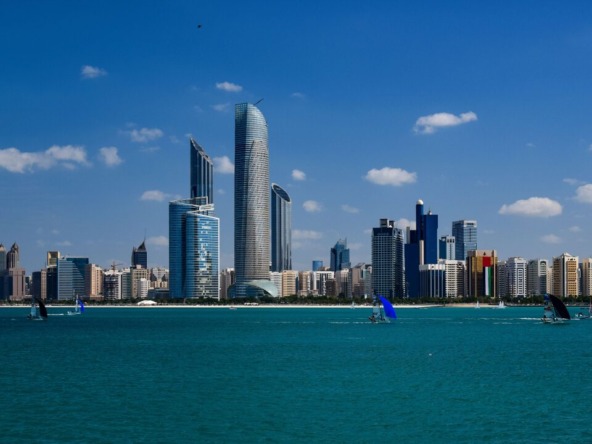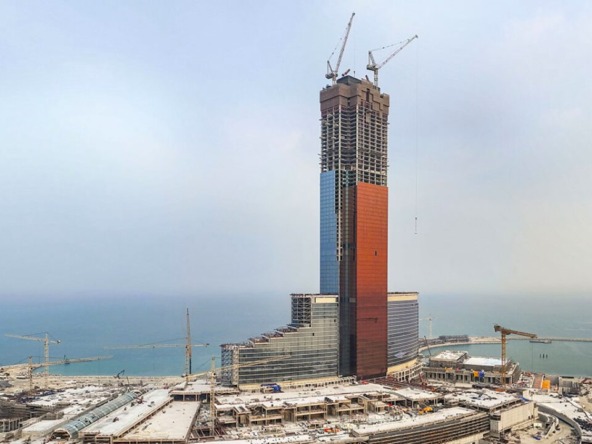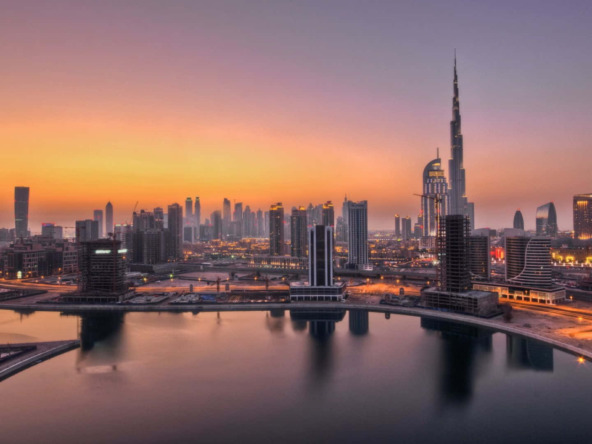Dubai’s property market is back in the global spotlight. The UBS Global Real Estate Bubble Index 2025 places Dubai in the “elevated risk” category, after double‑digit price gains since mid‑2023 and an increase of roughly 50% over the past five years. Yet leading brokers and advisors in the Emirate argue that demographics, supply dynamics, and the market’s unique structure paint a more nuanced picture.
What UBS 2025 says about Dubai
- Classification: “Elevated risk” for a potential property bubble.
- Price trend: Double‑digit growth since mid‑2023; c. 50% higher than five years ago.
- Rent vs price: For most of the last five years, rents outpaced prices; lately, prices have accelerated faster than rents—a classic overheating signal.
- Affordability: Wages lag property inflation; rates remain relatively high.
- Sensitivities: External shocks (oil prices, capital flows), and the risk of future oversupply as permits climb toward 2017 levels.

“Whilst any elevation in this index from a previous lower level is never welcomed, I believe that we have to assess all of the factors,” says Mario Volpi, Senior Vice President Investment Advisor, at Allegiance Real Estate. “It’s obvious that the Dubai real estate market cannot just simply keep rising year after year; however the fundamentals of this bull run are clear.”
He adds: “The population is growing at a rate that will sustain this course for a while longer. Any price stabilisation that may come will be welcome but this too remains to be seen. We may see more stability in prices in certain areas for apartments but the villas and townhouses will continue to see robust growth for some time to come.”

“Assuming two people per household, which is not inconceivable given the largest age group in the city is between 30 and 34, even at the thick end of the wedge of these estimations, demand will keep up with supply quite comfortably,” says Barnaby Crompton, Partner at Eden Realty. “With around 50,000 new business licences being opened in 2025, there is ample reason to believe that the population growth will remain strong.” But he adds: “It’s important to understand that Dubai is not an island and is not immune from the headwinds the world may face, but for now, I’m encouraged by the fundamentals.”

Paul Jeffreys, founder of PJ Advisory, agrees. “I think the fundamentals are strong enough to withstand a cooling phase which might well only affect a segment of the market,being lower priced and small units. Scarcity in the larger or more expensive properties should protect the market from an across the board cooling.”
Key drivers of Dubai’s heated market
- Population growth: Nearly 15% since 2020 has bolstered end‑user and investor demand.
- Tight supply and rising rents: Limited inventory pushed rents sharply higher; only recently have prices outpaced rents.
- Investment appeal: Rental yields remain attractive versus many global cities, sustaining investor interest even as financing costs bite.
Affordability and financing
- Wages vs prices: Incomes have not matched property inflation, eroding affordability.
- Rates: Elevated interest rates weigh on leveraged buyers; cash buyers cushion activity.
Sensitivity to external shocks
- Oil and capital flows: Exposure to oil prices and global liquidity can amplify cycles.
- Supply pipeline: New permits are trending toward 2017 levels, raising oversupply concerns if demand cools.
- Regional competition: Abu Dhabi and Riyadh are intensifying competition; Saudi Arabia opens new zones to foreign buyers in 2026.
Population and 2026 deliveries
- Population surpassed 4 million ahead of schedule, with another c. 180,000 residents possible in 2026 assuming modest growth.
- Completions: Industry estimates suggest 45,000–96,000 homes could be handed over in 2026, with household size and age profile critical to how well demand absorbs supply.
Global comparisons from the UBS index
- Higher‑risk cohort: Miami, Tokyo, and Zurich top bubble‑risk rankings due to price surges, foreign inflows, currency effects, and extreme price‑to‑rent ratios.
- Rapid risers: Madrid’s real prices are up 14%—fastest globally—lifting its risk score.
- Lower‑risk markets: London, Paris, and Hong Kong show corrections or stagnation, with tighter rules and weaker macro conditions tempering exuberance.
- Dubai’s position: Hotter than Singapore, Frankfurt, or Sydney, but below the “extreme” risk tier.
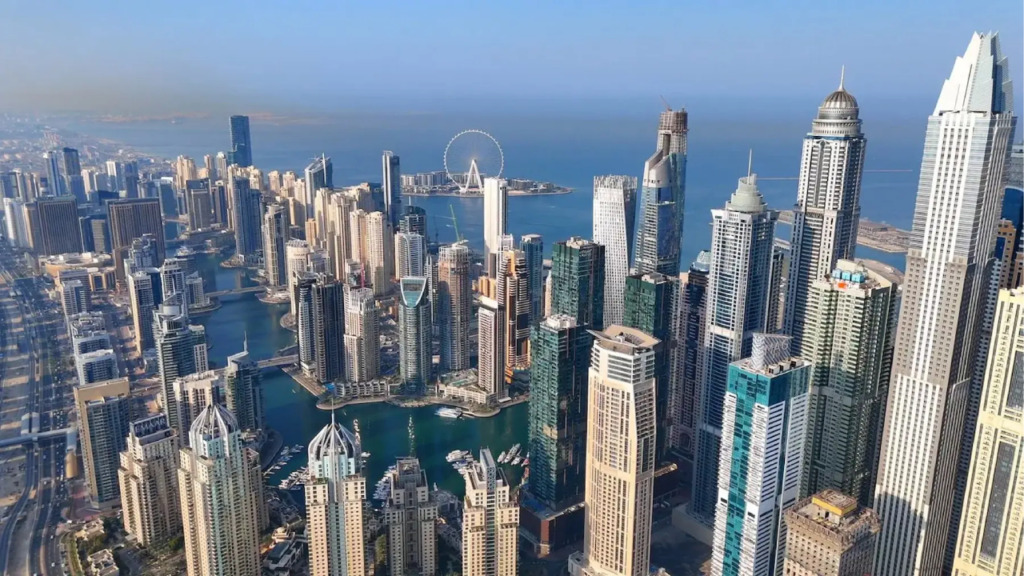
Why Dubai may be different
- Flexible, open market: Light regulation and openness to foreign capital allow supply to respond and support comparatively high yields.
- Diversified demand: Luxury branded residences, waterfront districts, and emerging fractional/tokenised models broaden the buyer base.
- Safe‑haven flows: Cash‑heavy international purchasers from multiple regions add resilience versus purely speculative, domestic credit‑driven booms.
Vulnerabilities to watch
- Affordability squeeze: Without meaningful wage growth, end‑user demand could be constrained.
- Foreign‑flow dependence: A shift in global risk appetite, oil prices, or regional competition could cool purchases quickly.
- Oversupply risk: If permits convert to deliveries faster than absorption, the balance could tilt, especially in more commoditised segments.
- Sentiment turns: When buyers believe prices cannot rise further, momentum can reverse quickly in sentiment‑driven markets.
Outlook for 2025–2026 Dubai’s cycle looks more mature, with clear strengths—population growth, diversified demand, attractive yields—counterbalanced by affordability pressure, supply risk, and external sensitivities. A cooling phase or segmentation is plausible: villa and townhouse demand may stay firmer, while some apartment sub‑markets could stabilise. The UBS report is not calling for an imminent crash; it signals rising risks in a market that has repeatedly defied bearish expectations.
FAQ’s
Is Dubai in a property bubble in 2025?
UBS categorizes Dubai as “elevated risk,” citing rapid price gains, affordability pressures, and potential oversupply. Local experts counter that strong demographics, cash buyers, and diversified demand may cushion any cooling phase.
Why are Dubai prices rising faster than rents now?
After several years when rents led, recent price acceleration reflects renewed investor demand, safe‑haven flows, and tight inventory in certain asset classes, particularly villas and townhouses.
Could oversupply hit Dubai again?
Permit activity is rising toward 2017 levels. If project deliveries outpace population and household formation, oversupply risk increases—especially in more commoditised apartment segments.
Which Dubai segments look most resilient?
Experts point to scarcity in larger, higher‑end homes—villas and townhouses—as relatively better supported, while some apartment zones may stabilize.
How do rates and wages affect buyers?
Higher mortgage rates and slower wage growth squeeze affordability for leveraged residents, while cash buyers are less sensitive and continue to transact.

